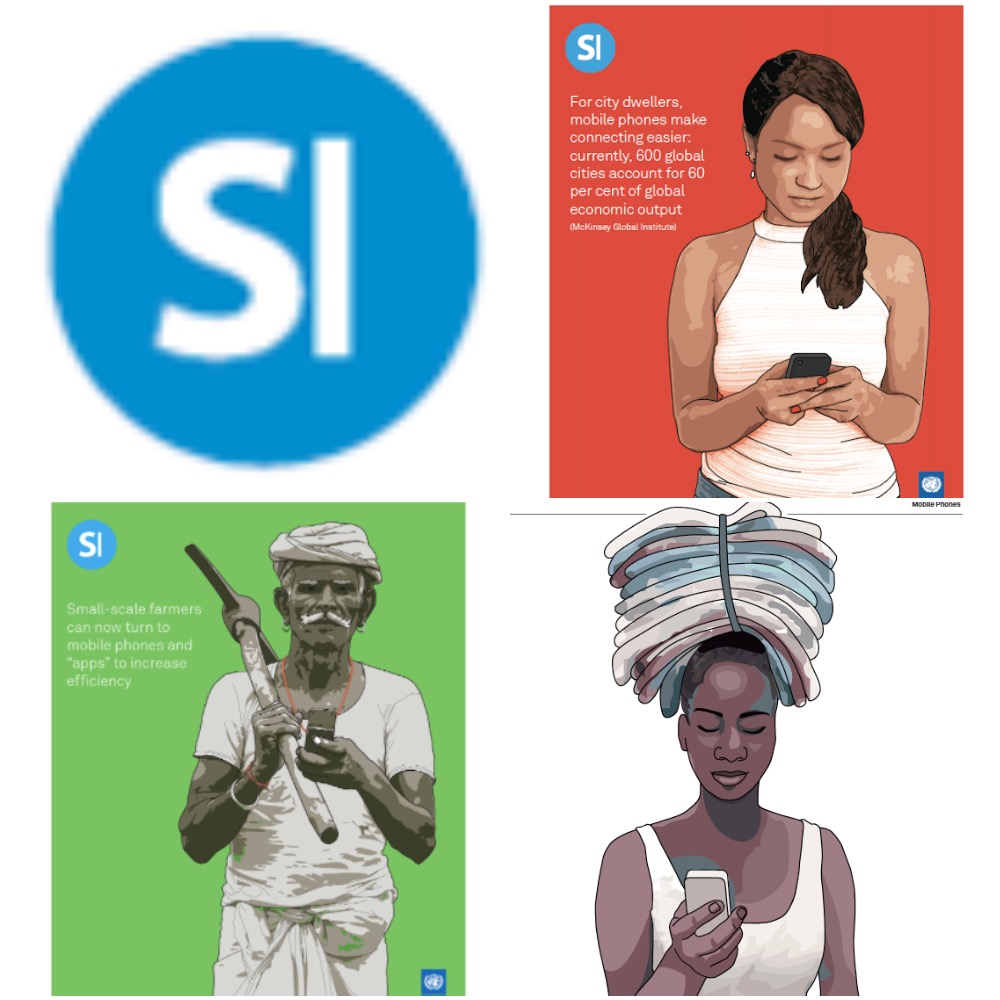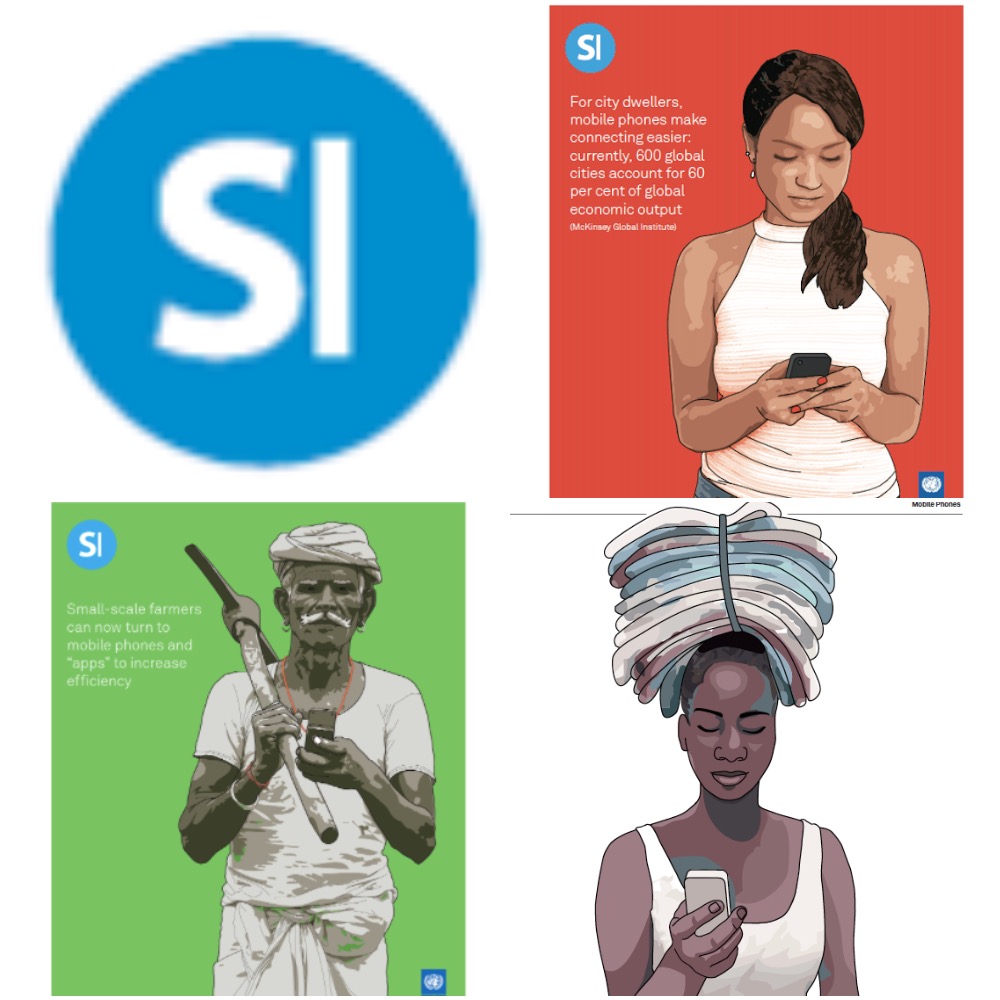East Africa to get its First Dedicated Technology City
 Thursday, June 25, 2015 at 8:54AM
Thursday, June 25, 2015 at 8:54AM

An ambitious scheme is underway to create a vast technology city on the outskirts of Nairobi, Kenya.
With information technology proliferating across Africa after decades of stagnation and underinvestment, a host of exciting new technologies have had to exist within structures not built for the 21st century.
One attempt to change things is Konza Technology City (konzacity.co.ke), an ambitious project that aims to build the infrastructure to host the companies of the 21st century for Kenya and East Africa. Konza Technology City joins a growing network of technology cities and parks across the global South. If the links between these centres of technological innovation and smart thinking can be strengthened, they have the potential to contribute to exceptional gains in human development.
Konza Technology City will be built on 5,000 acres (2,023 hectares) of land 60 kilometres south of Kenya’s capital, Nairobi.
The lead agency on the US $10 billion project is the Ministry of Information and Communication (http://www.information.go.ke/). The Kenyan government is seeking partners and investors to help with funding the project, whose components include a business process outsourcing (BPO) (http://en.wikipedia.org/wiki/Business_process_outsourcing) zone – where specific business functions are contracted to third party providers. There is also a financial district and a commercial district with office space.
This will be combined with the other side of Konza: hotels, hospitals, a sports stadium and other support services necessary to support a city. The idea is to develop the site over a period of 20 years, with the BPO and IT Educational and Science Park taking up 23 per cent of the site.
Kenya plans to expand its business process outsourcing sector and has been hosting conferences in Europe to gather the best advice. The sector has experienced double-digit growth in the past three years, rising on the increasing capacity brought by new undersea cables like TEAMs, Seacom and EASSy.
The idea is to put in place the building blocks of a 21st century Kenya and to become the leading hub for the whole of East Africa. Kenya has an ambitious plan to become a middle-income country by 2030 (http://www.vision2030.go.ke/).
There is scepticism about large projects in Kenya, with some fearing they will be abandoned before they are finished. But it does seem this project has galvanized a wide community of support. According to IT Web’s (http://www.itweb.co.za/) Ken Macharia, opponents of the project make various arguments. People in the information and communication technologies sector would like to see greater local capacity in place before such massive investment in buildings goes ahead. Others oppose the idea of having a planned city and would like to see things evolve organically. Still others question the government’s capacity to undertake such an ambitious scheme.
According to Macharia, the ‘if you build it, they will come’ argument is winning the day. The scope and ambition of the project has both excited many players within and outside government and focused their efforts.
Macharia even believes the public sector is way ahead of the private sector.
“The government is light years ahead in terms of the vision and drive of developing the ICT sector in the country, while the private sector is trying to catch up,” he said.
Kenya will become the first country in the region to build a technology city. It can look to China for some examples. One is Shenzhen City and its Science and Technology Park (http://www.ship.gov.cn/en/index.asp?bianhao=20). Or Cairo, Egypt’s Smart Village (http://www.smart-villages.com/).
Macharia also says the focus solely on technology is missing the bigger impact Konza can have.
“The city’s concept has financial, educational, commercial and industrial implications, which have not been sold as aggressively as the tech aspect has. Perhaps the better name for the proposed city would be Konza Special Economic Zone, where the key pillars mutually benefit from each other’s presence. Technology, after all, is a means to an end, not the end itself.”
The timing for a place like Konza City is excellent: undersea cables are being placed around and to Africa. The continent was notorious for being the most underserved continent on the planet and is in a furious transition from this information technology wasteland to a potential oasis of prosperity.
The undersea cable projects are promising a bandwidth explosion for the continent of Africa. The WACS cable (http://wacscable.com/index.jsp) is being put in place to link South Africa and Britain, and is due to be completed in 2012. It runs up the West Coast of Africa and will become the first direct connection to the undersea cable network for Namibia, the Congo and Togo.
It will increase South Africa’s bandwidth by an estimated 23 per cent.
Various technology investors, including the search engine giant Google, are also planning to build an undersea cable linking the so-called BRICS countries by 2014 – Brazil, Russia, India, China and South Africa. The cable will also link them all to the United States. The technology group i3 Africa is leading the project (http://www.i3-mea.com/africa/), which should open up 21 additional African countries to the world’s undersea cable network.
Konza Technology City could make Kenya a significant beneficiary of all this new connectivity and bandwidth.
By David South, Development Challenges, South-South Solutions
Published: July 2012
Development Challenges, South-South Solutions was launched as an e-newsletter in 2006 by UNDP's South-South Cooperation Unit (now the United Nations Office for South-South Cooperation) based in New York, USA. It led on profiling the rise of the global South as an economic powerhouse and was one of the first regular publications to champion the global South's innovators, entrepreneurs, and pioneers. It tracked the key trends that are now so profoundly reshaping how development is seen and done. This includes the rapid take-up of mobile phones and information technology in the global South (as profiled in the first issue of magazine Southern Innovator), the move to becoming a majority urban world, a growing global innovator culture, and the plethora of solutions being developed in the global South to tackle its problems and improve living conditions and boost human development. The success of the e-newsletter led to the launch of the magazine Southern Innovator.
Follow @SouthSouth1
Google Books: https://books.google.co.uk/books?id=9fRcAwAAQBAJ&dq=development+challenges+july+2012&source=gbs_navlinks_s
Slideshare: http://www.slideshare.net/DavidSouth1/development-challenges-july-2012-issue
Southern Innovator Issue 1: https://books.google.co.uk/books?id=Q1O54YSE2BgC&dq=southern+innovator&source=gbs_navlinks_s
Southern Innovator Issue 2: https://books.google.co.uk/books?id=Ty0N969dcssC&dq=southern+innovator&source=gbs_navlinks_s
Southern Innovator Issue 3: https://books.google.co.uk/books?id=AQNt4YmhZagC&dq=southern+innovator&source=gbs_navlinks_s
Southern Innovator Issue 4: https://books.google.co.uk/books?id=9T_n2tA7l4EC&dq=southern+innovator&source=gbs_navlinks_s
Southern Innovator Issue 5: https://books.google.co.uk/books?id=6ILdAgAAQBAJ&dq=southern+innovator&source=gbs_navlinks_s

This work is licensed under a
Creative Commons Attribution-Noncommercial-No Derivative Works 3.0 License.


 By David South,
By David South,  Development Challenges,
Development Challenges,  East Africa,
East Africa,  July 2012,
July 2012,  Kenya,
Kenya,  Konza,
Konza,  Nairobi,
Nairobi,  South-South Solutions,
South-South Solutions,  UNDP,
UNDP,  information technology,
information technology,  mobiles,
mobiles,  technology city in
technology city in  Cities,
Cities,  Data,
Data,  David South Consulting,
David South Consulting,  Development Challenges, South-South Solutions,
Development Challenges, South-South Solutions,  Digital,
Digital,  GSSD Expo,
GSSD Expo,  Global South-South Development Expo,
Global South-South Development Expo,  ICT4D,
ICT4D,  Solutions,
Solutions,  Southern Innovator Magazine,
Southern Innovator Magazine,  UN Innovator Stories,
UN Innovator Stories,  UNDP,
UNDP,  UNDP Innovator Stories,
UNDP Innovator Stories,  UNOSSC,
UNOSSC,  United Nations
United Nations 




